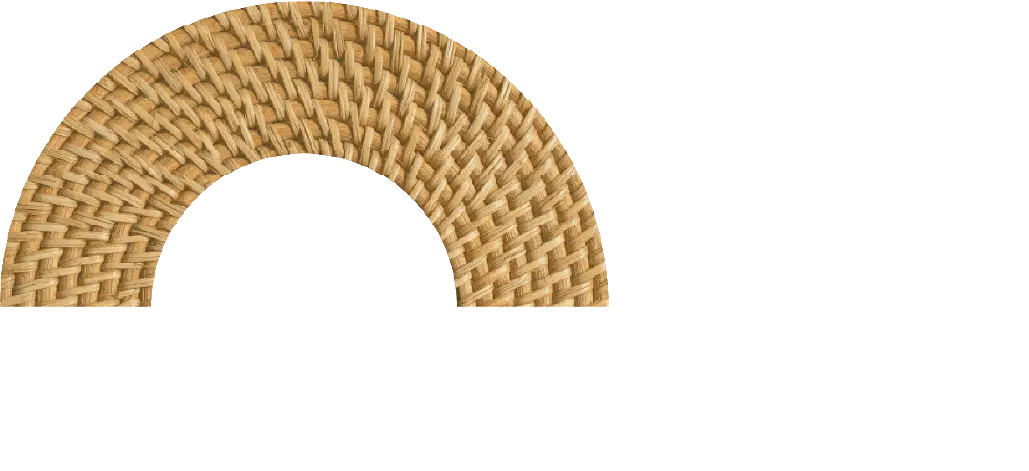
High above the bustling streets of midtown Anchorage, the sun’s solar energy is now being used to help power CIRI’s new Fireweed Business Center, the company’s corporate headquarters. The building already boasts an array of sustainable technologies, such as daylight-sensing office lighting, on-demand cooling and heating and “intelligent” windows that transition to control light and heat. This latest innovation – 42 solar panels affixed to the roof – further demonstrates CIRI’s commitment to clean energy.
According to Chad Nugent, CIRI’s vice president of real estate, the solar panels weren’t part of the initial building plan, “but we had anticipated solar panels in the design, and the time was right for the purchase and installation of this clean and renewable energy source.”
With its long, dark winter months, solar energy might not seem a natural fit for Alaska. However, the summer months make up for it. According to the Renewable Energy Alaska Project (REAP), Alaska receives more sunlight during the summer than the equator. A recent report from the U.S. Department of Energy found that “many of the meteorological conditions experienced in certain regions [of the state] can actually be beneficial to solar energy production, including low ambient (air) temperatures that improve the efficiency of solar modules and the reflectivity of sunlight off snow cover on the ground.”
The eight-story Fireweed Business Center is in the process of obtaining LEED (Leadership in Energy and Environmental Design) certification. A program of the U.S. Green Building Council, LEED buildings use less water and energy and reduce greenhouse gas emissions. Projects pursing LEED certification earn points across several areas that address sustainability issues. Based on the number of points achieved, a project receives one of four LEED rating levels: Certified, Silver, Gold or Platinum.
The integration of the solar panels may afford CIRI additional points and therefore a higher LEED level. The 3’5”-wide, 5’5”-tall photovoltaic panels are positioned at a 45 degree angle on the roof and face south to capture maximum sunlight. The shallower tilt (61 degrees is conventional for Anchorage) allows the panels to better produce energy in overcast or diffuse light conditions and more easily shed frost, ice and snow. The panels work by generating electricity directly from sunlight: As the panels absorb light, they release electrons. When these free electrons are captured, the resulting electric current can be used as electricity.
Weldin Construction – a CIRI company specializing in construction, environmental restoration and construction management services – installed the support structure and racking for the panels and completed the electrical work to tie the system into the building.
“We committed at least 200 hours to this project,” said Tom Selmer, Weldin’s project manager. “The installation happened on the roof of an eight-story building. We had to get all the players involved to ensure everything went safely and smoothly.”
The panels have been generating electricity for the Fireweed Business Center since early June. “With our dark, snowy winters, solar in Alaska can be tough,” Nugent admitted. “However, based on research, energy modeling and real-life examples, we know that solar power works. We’re excited to take this next step to strengthen CIRI’s commitment to energy efficiency.”



